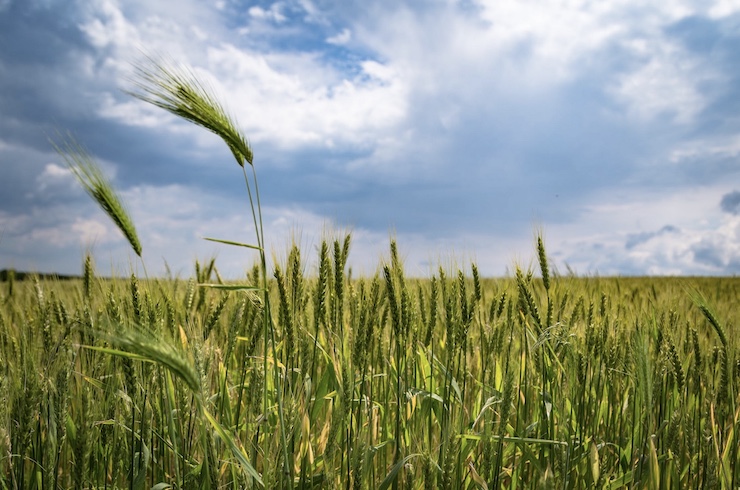Drones Are Beginning to Plant and Harvest Crops

Drones are impacting a growing number of industrial sectors, but none more important than large-scale farming. One recent study estimates that 80% of all drones in operation in the United States will soon be devoted to agriculture. Drones are typically considered useful for tasks such as land mapping and crop maintenance, including fertilizer spraying and pest control, but nearly all farmers still rely on human labor to plant their seeds. One exception in recent years has been tree planting, especially reforestation. for conservation purposes. Numerous such efforts are underway worldwide. But for day-to-day seed planting, drones have not figured so prominently.
That may soon change. For two crops especially, wheat and barley, farmers have begun using drones not just to tend the yield, but to sow it. In addition, a growing number of farmers are deploying drones to plant crop cover, including grasses like rye that prevent weed growth and soil erosion between regular crop cycles. In these cases, aerial seeding need not be as precise as it might be for other food crops, which typically require neat rows for their yield to grow and be harvested by machines.
While that requirement would seem to rule out the aerial planting of sunflowers, an invaluable source of seeds and seed oil, it hasn’t deterred at least one enterprising Australian farmer from experimenting with drones. Roger Woods, a drone owner and farmer in Brisbane, has begun deploying a homemade drone to drop 45,000 sunflower seeds per hectare in what he claims – not quite accurately – is the world’s first attempt to plant a food crop by drone. Australia still imports most of its sunflower seeds, especially for use as animal feed, but Woods hopes to fill that void by demonstrating that his drones can do the job faster and at reduced cost. In recent months, his sunflower farm, which is located along a major highway, has become something of a local tourist attraction. As news of his farming experiment has spread, visitors park their cars and are allowed to wander through his fields at will to gawk at their giant sunflowers in bloom.
Woods’ experiment, and others like it, is actually part of a larger trend in the drones market that has come to be known as “precision” agriculture. Drones not only can greatly reduce farming costs by substituting for human labor but also allow for a far more targeted use of inputs like fertilizer and pesticides. Rather than spread these widely across a field, with proper aerial mapping, a drone can lay down just the right amounts in the areas most in need. Equally important is that drones can reduce the long-term wear-and-tear on farm soil caused by heavy agricultural machinery, especially during harvest time.
Could autonomous vehicles one day replace mechanical harvesters? One farm in England, known as Hands Free Hectare, is experimenting with a completely robotic farm management system that combines drones for seeding and fertilizing with small driverless tractors to turn the soil and harvest. The farmer manages the entire process remotely. In Goa, India, scientists are experimenting with drones equipped with a special gripping and cutting tool – dubbed “Fly Cocobot” – that plucks the fruit from 15-foot high coconut trees, reducing the risk of injury to human harvesters.
And in Israel, a new drone is making up for a chronic shortage of fruit pickers by introducing a drone with sophisticated AI that can determine which fruit are ripe for picking and how best to pick them. The drone takes images of fruit and feeds them through a machine-learning algorithm system that relays the precise picking specifications back to the drone. Its one-meter long picking arm then customizes the harvesting work right down to determining how best to twist the branch.
|